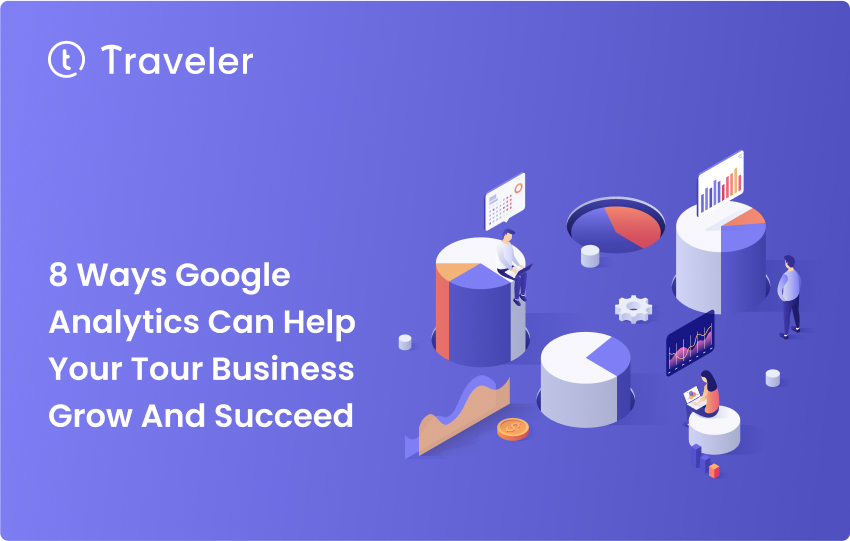
There will no longer be a time when people arrange trips on paper. You can look for places to go and things to do, make plans, and book everything online.
Because of this, tour operators are continuously trying to come up with the best ways to market online to improve sales and bookings.
But just looking at the number of bookings won’t tell you everything you need to know about how well your website is doing.
You need to keep track of and evaluate different elements of your website to figure out what needs to be improved.
Google Analytics is a must-have if you want to know how well your website is doing.
Depending on how you use it, Google Analytics can help you in a lot of ways. Therefore, to assist you make the most of it, we’ll go through 6 ways Google Analytics could help your tour business.
Tracking Your Website Traffic
As the biggest search engine, Google will make sure to track and explain where visitors to your website are coming from.
The data that Google Analytics offers is built on three fundamental pillars:
- Audience: is comprised of information like your visitor’s profile and the devices and countries they use.
- Acquisition: The source of your visitors.
- Behavior: What they do when they come
Talk more about Acquisition, there are several online ways that people may use to reach your tour website.
When people look for local attractions on Google, perhaps they come across your local listing. Or maybe you manage to get their interest with an Instagram post packed with hashtags.
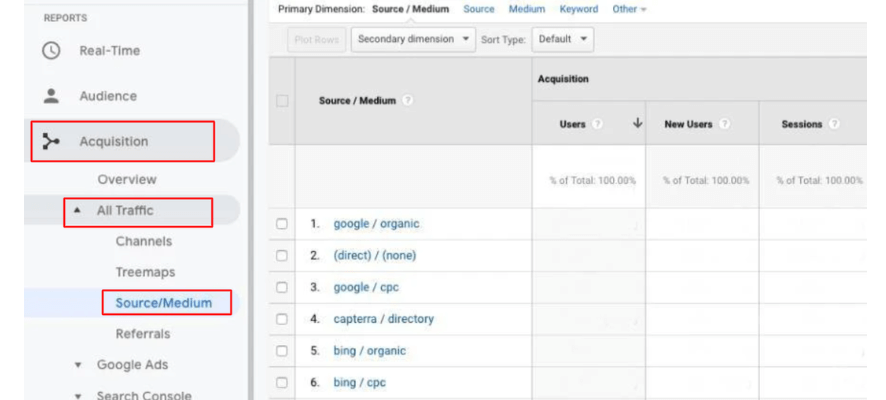
You can pinpoint trends in your website traffic and see which sources generate the most bookings. This will help you concentrate your marketing efforts.
For example, if you see that Instagram is bringing in a lot of traffic, for instance, you can post more work there and even check whether images work well on other platforms like Facebook.
Analyzing User Behavior and Bounce Rate on Your Website
Google is the most active place for travelers to discover tours and activities and share their traveling experiences. Here, travel operators will understand how visitors interact with your website.
It makes sense! The first step towards winning is recognizing your audience. With Google Analytics, you can find out and understand how the people you want to reach behave on your website.
That is, you can tell where on your website most of your visitors are navigating and departing. Also, you can determine which content or pages of your website are the most attractive.
In addition, Google Analytics also reveals the bounce rates of your websites. Bounce rate means the percentage of visitors to your website that exit without interacting with it or continuing their search.
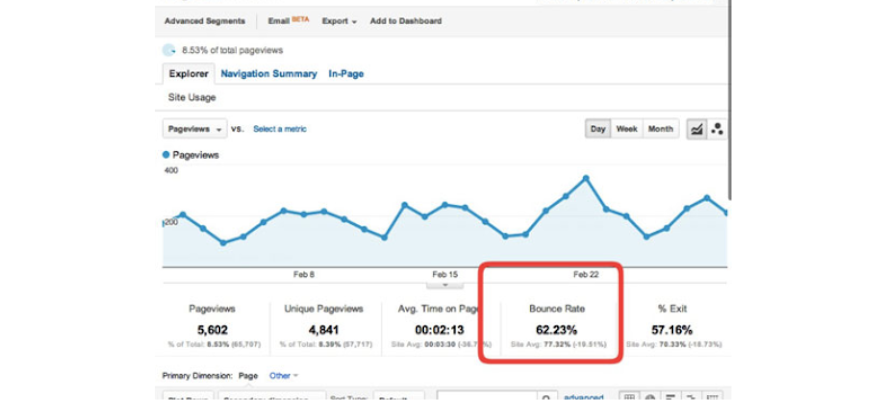
It’s crucial to lower it since you’re more likely to earn more sales if your bounce rate is lower. But you have to analyze the bounce rate on each individual page.
Where did they come from, what are their expectations, and does the content of that page not satisfy them or even drive them to leave?
Use this information to make more interesting content, internal links, and calls to action that will get people to stay on your site longer and look around more.
Measuring Conversion Rates
In this case, your website might have 10 pages or even 1000 pages, but each one should have a purpose.
By tracking and measuring conversion rates, Google Analytics can help you figure out how much every page contributes to your bookings. Based on how visitors who converted visited your site, you can evaluate the value of each page in your Pages report as well as its conversion rate.
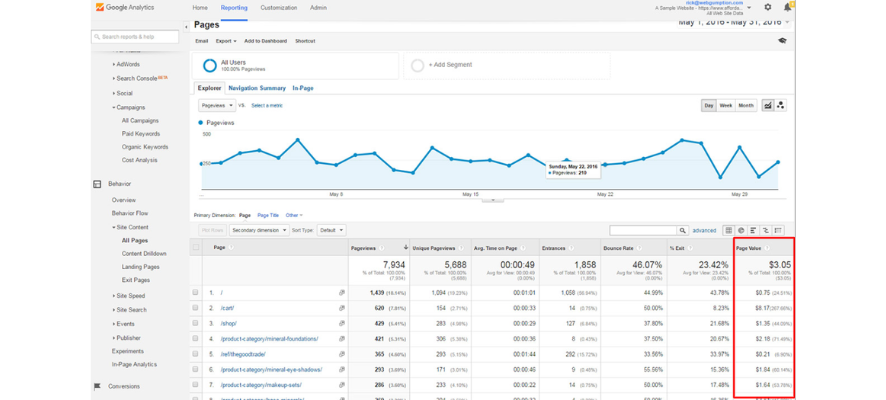
Besides, Google Analytics can be integrated with your online marketing campaigns to provide you with specific reports on the effects they have on visitor behavior.
Thanks to that you can identify which marketing channels lead to the highest conversions for driving bookings.
What’s more? You can access Google Analytics multi-channel funnel reports to learn more about the channels yielding conversions on your website.
Analyzing Customer Demographics and Behavior
Now with Google Analytics, you’re going to know who your customers are and what they are looking for.
Making use of segments is a good move right now!
Tour operators can use segmentation to better understand the online behavior of different tourist groups.
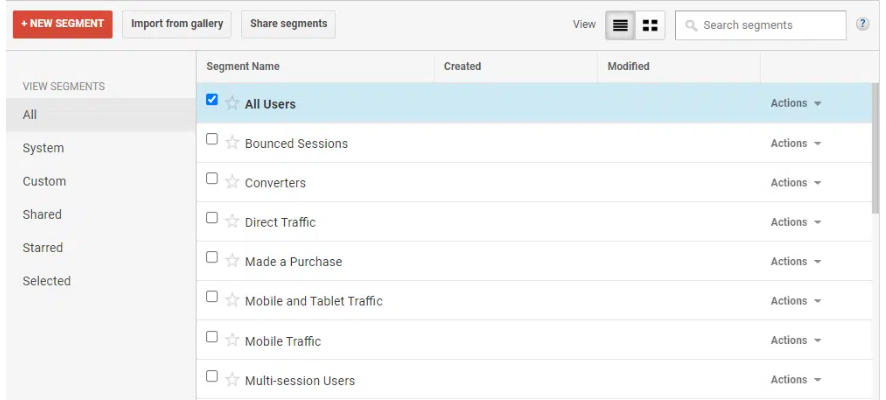
Segments are really helpful, but they are most efficient when paired with goals and while navigating the behavior section of your visitors’ activities.
As such, you can determine your customers’ objectives, determine how much they are spending, find out what they expect, and enhance their experience.
When working with Google Analytics, consider the following questions:
- What are the demographics of the visitors?
- How do tourists learn about new tours and activities?
- Do your tourist do what you want or expect them to do?
- What percentage of convert?
- Where do customers abandon the aim of your website?
Google Analytics provides certain answers to these concerns by displaying each user’s origin country, search method, as well as devices.
That’s when you need to know who your customers are. To know what they are looking for, you now will work with your search bar.
Because a booking may be based on the tourist getting the answers they want, make sure to show such information easily available.
Search Terms in Behaviour and Site Search display the search terms that users often use, as well as the pages that receive the most searches. Finally, this informs you what information to include on those specific pages as well as what content to come up with later.
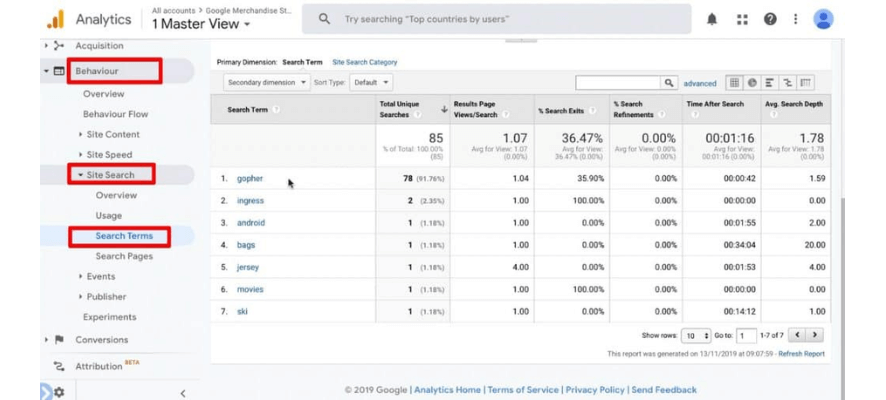
At the end of the day, you will be able to get an in-deep report about customer preferences and behaviors to update your offerings and marketing campaigns.
Evaluating the Performance of Your Marketing Campaigns
It might be difficult to figure out the actual efficiency of a marketing campaign when you pay for one or test a new marketing strategy (even many campaigns)
Yet Google Analytics will take care of it for you. It will show you how well your marketing campaigns are doing in real time.
In fact, there are so many social media sites out there now that you could feel like you need to sign up for each one.
This is not the best idea, though, because it can hurt more than help. This is because targeting the ideal audience while preserving quality content is key to a successful social media strategy. And it’s hard to achieve that if you haven’t stretched yourself out enough.
Don’t worry!
Check out Social Network Referrals in Acquisition to find out which channels bring the most traffic to your website and where to focus your social media efforts.
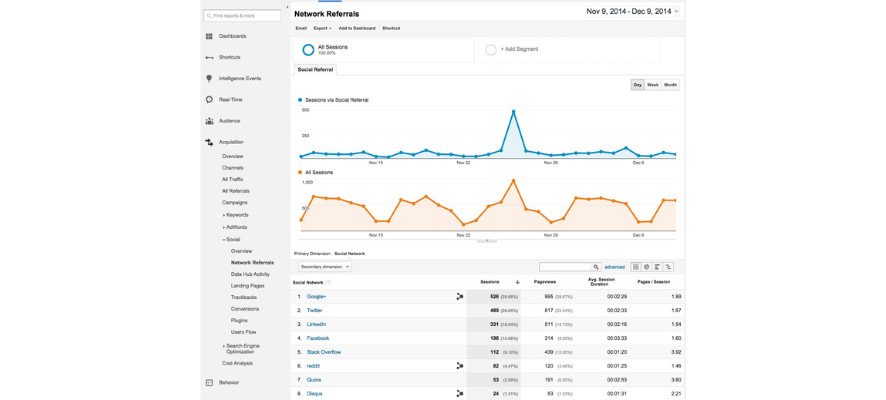
Identifying Opportunities for Improvement
Without a doubt, data and insights from Google Analytics are powerful tools for any tour operator looking to improve their tour offerings.
Indeed, with the help of real-time reports on Google Analytics, making data-driven decisions to optimize your website, marketing campaigns, and tour offerings is now a breeze.
As a bonus, Google Analytics funnel visualization is an excellent tool for providing a more visual representation of your booking process which may need important enhancement.
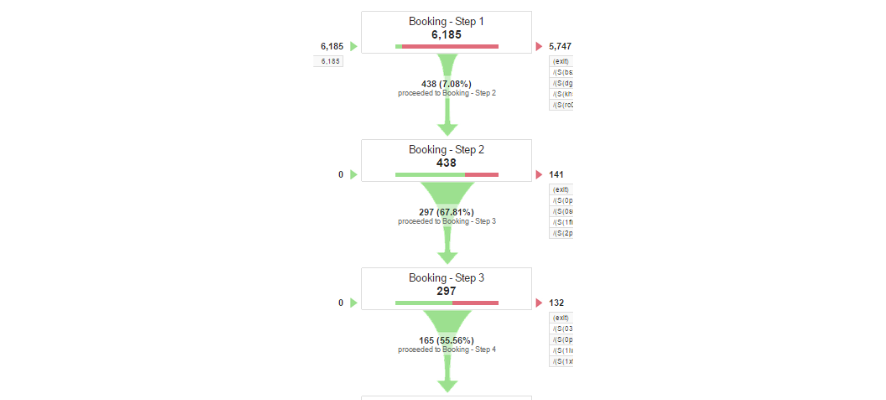
The booking process consists of several phases, including looking for a hotel, booking, entering information, and paying, and guests can drop off at any time.
To minimize this and boost the conversion rate, you must first identify the points that generate pain with Google Analytics funnel visualization. From here, you can better determine the cause and make in-time improvements.
Conclusion
There are even more advanced ways to get the most out of Google Analytics (we will share them with you in the next article).
But first and foremost, you should master the above 6 ways using Google Analytics helps your tour business.
Undeniably, Google Analytics is a strong online tool. It allows you to have a better understanding of what your visitors are doing on your website.
Finally, this gives credibility to your marketing efforts and may make it a lot easier for your tour to win in this competitive travel industry.
